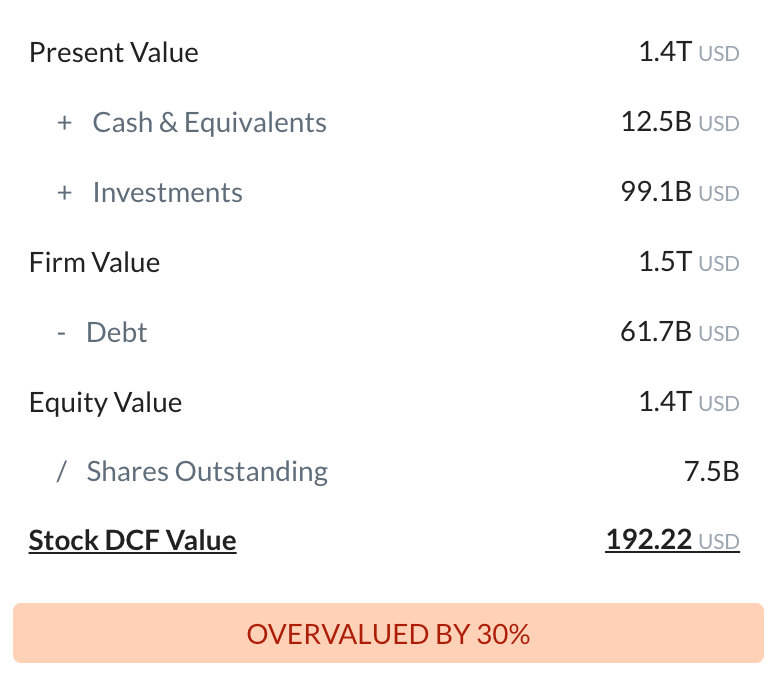
Truist Financial Corp
NYSE:TFC

Intrinsic Value
The intrinsic value of one
 TFC
stock under the Base Case scenario is
55.99
USD.
Compared to the current market price of 35.39 USD,
Truist Financial Corp
is
Undervalued by 37%.
TFC
stock under the Base Case scenario is
55.99
USD.
Compared to the current market price of 35.39 USD,
Truist Financial Corp
is
Undervalued by 37%.
The Intrinsic Value is calculated as the average of DCF and Relative values:

Valuation History
Truist Financial Corp

Fundamental Analysis

Lingering integration issues from the BB&T-SunTrust merger may lead to higher-than-expected expenses, limiting the full realization of promised synergies and causing disruption to Truist’s efficiency and profitability targets.
Truist’s large and diverse footprint in the Southeastern U.S. provides a strong deposit base, giving it a competitive funding advantage and enabling the bank to maintain healthy net interest margins despite rising rate pressures.

Balance Sheet Decomposition
Truist Financial Corp

| Net Loans | 301.5B |
| Investments | 165.7B |
| PP&E | 4.2B |
| Intangibles | 22.4B |
| Other Assets | 37.3B |
Wall St
Price Targets
TFC Price Targets Summary
Truist Financial Corp

According to Wall Street analysts, the average 1-year price target for
 TFC
is 50.71 USD
with a low forecast of 44.44 USD and a high forecast of 59.85 USD.
TFC
is 50.71 USD
with a low forecast of 44.44 USD and a high forecast of 59.85 USD.
Dividends
Current shareholder yield for  TFC is
.
TFC is
.
Shareholder yield represents the total return a company provides to its shareholders, calculated as the sum of dividend yield, buyback yield, and debt paydown yield. What is shareholder yield?
The intrinsic value of one
 TFC
stock under the Base Case scenario is
55.99
USD.
TFC
stock under the Base Case scenario is
55.99
USD.
Compared to the current market price of 35.39 USD,
 Truist Financial Corp
is
Undervalued by 37%.
Truist Financial Corp
is
Undervalued by 37%.






















































 You don't have any saved screeners yet
You don't have any saved screeners yet